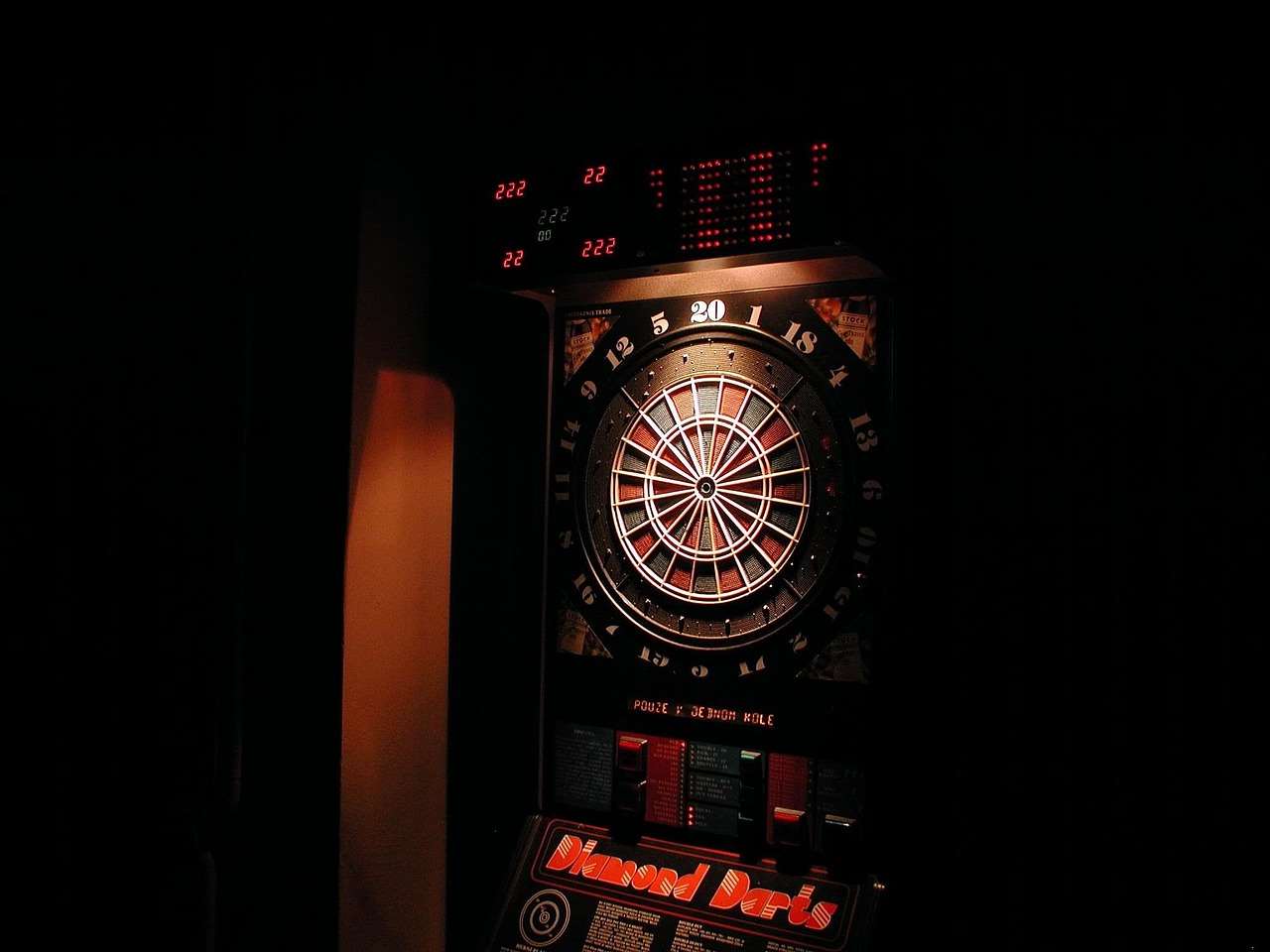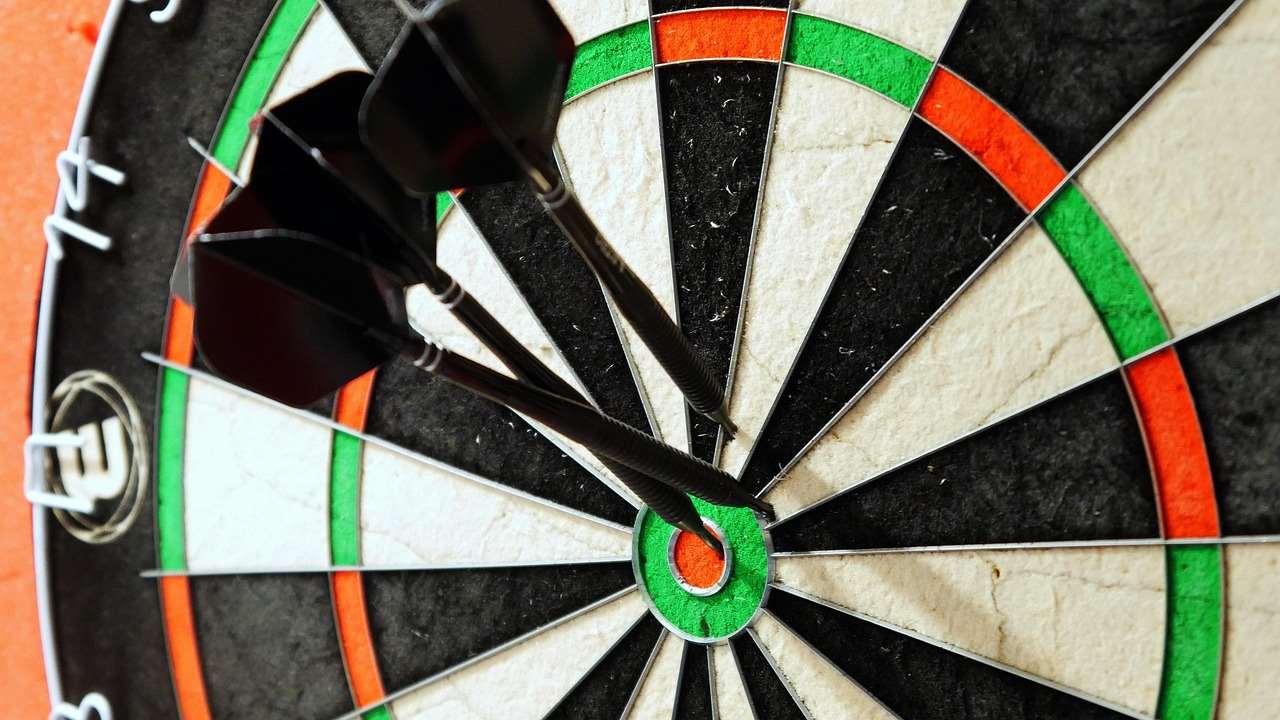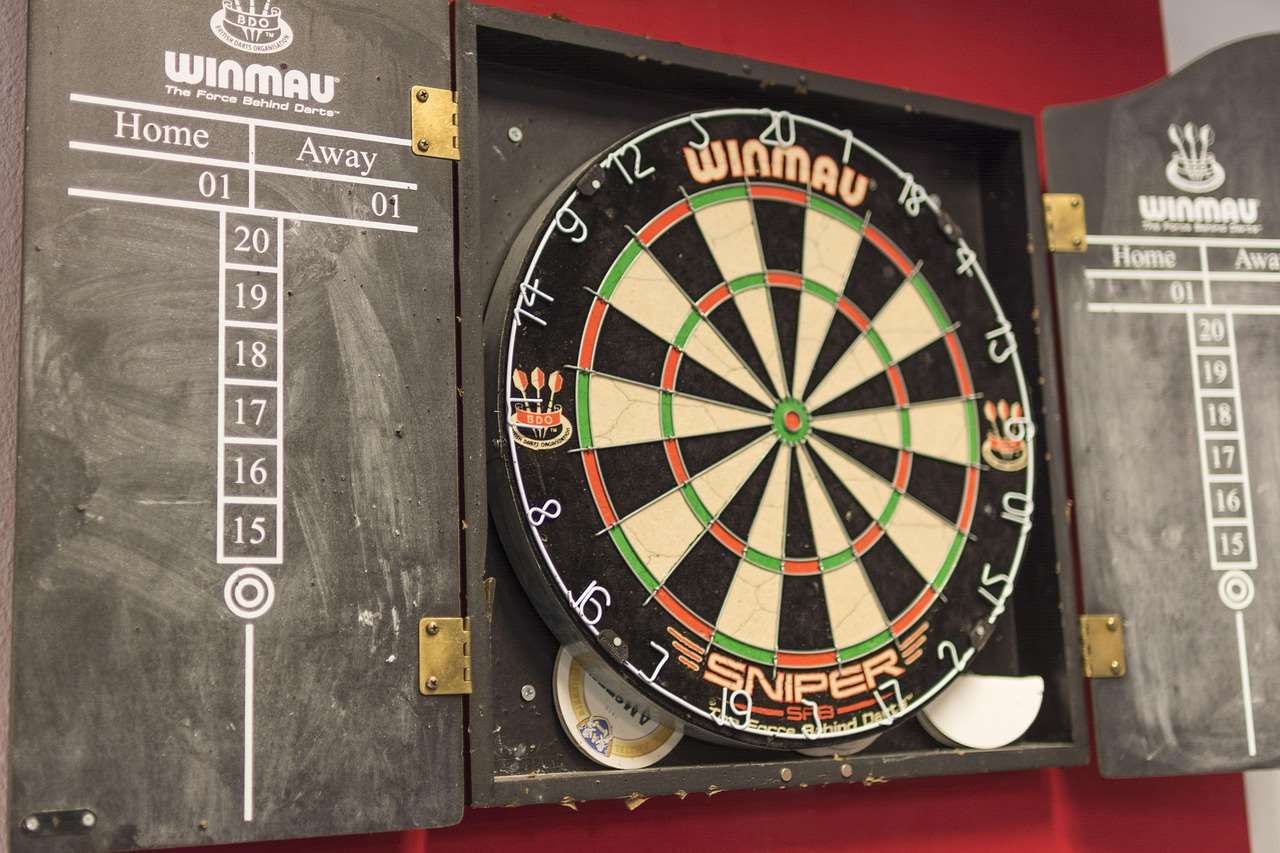While steel tip darts generally adhere to a core set of rules, understanding the subtle, yet significant, rule variations within steel tip is crucial for both casual and competitive players. This article will explore these differences, focusing on scoring nuances, game formats, and tournament regulations, providing you with a comprehensive guide to navigating the diverse world of steel tip darts.
⚠️ Still Using Pen & Paper (or a Chalkboard)?! ⚠️
Step into the future! The Dart Counter App handles all the scoring, suggests checkouts, and tracks your stats automatically. It's easier than you think!
Try the Smart Dart Counter App FREE!Ready for an upgrade? Click above!
Exploring Rule Variations Within Steel Tip Darts
The world of steel tip darts is more varied than many realize. While the fundamental objective – throwing darts at a board and accumulating points – remains constant, the specific rules governing gameplay can differ significantly depending on the setting. These rule variations within steel tip darts are often influenced by the organization hosting the event, the geographical location, and the level of competition.
For example, professional tournaments often have stricter regulations regarding attire, player conduct, and board setup compared to a casual game in a pub. Understanding these nuances is essential for anyone looking to participate in organized darts or even just to avoid arguments during friendly matches. Consider exploring Basic Darts Fundamentals for Beginners to get a strong grounding.

Common Game Format Variations
Beyond the basic rules, the game format itself can introduce significant variation. While “501” is perhaps the most well-known format, several other popular games exist, each with its own set of rules and scoring systems. Here’s a look at some of the most common:
- 501/301: The standard game, where players start with a score of 501 (or 301) and must reduce their score to exactly zero, finishing with a double.
- Cricket: A strategic game focused on closing out specific numbers (20, 19, 18, 17, 16, 15, and the bullseye) before your opponent does. Scoring only occurs on numbers that are “open”.
- Around the Clock (or Darts Around the World): Players must hit each number on the board in sequence, starting with 1 and progressing to 20.
- Shanghai: Players aim to score as many points as possible on each number from 1 to 7 in sequential order. A “Shanghai” occurs when a player hits a single, double, and triple of the same number in one round.
Each of these games has subtle rule variations, even within the same game type. For example, some Cricket variations require a player to close out a number a certain number of times before it’s considered closed, while others have different point-scoring rules.
Scoring Nuances: Different Interpretations
Even seemingly simple aspects of scoring can be subject to rule variations within steel tip. Here are a few examples:
- Bust Rule: In 501/301, going over zero is a “bust” – the player’s score reverts to the total they had at the start of that turn. However, some casual games might allow players to continue from the negative score.
- Finishing on a Double: Most standard 501/301 rules require finishing on a double. However, some variations might allow finishing on the bullseye or even on any number.
- Miscounts: What happens if a scorer miscalculates the score? Official tournaments have strict procedures for correcting errors, but in casual games, the process is often more informal, relying on the honesty and sportsmanship of the players.
Understanding these nuances and agreeing upon them before starting a game is crucial for avoiding disputes and ensuring a fair and enjoyable experience. Knowing about Adapting darts rules for beginners can also help avoid confusion.

Tournament Regulations: A Higher Level of Scrutiny
When participating in organized darts tournaments, the rule variations become even more critical. These events typically adhere to a strict set of regulations governing everything from board setup and equipment to player conduct and scoring procedures.
Key Areas of Tournament Regulation:
- Board Specifications: Tournaments often specify the exact type and dimensions of the dartboard to be used.
- Dart Specifications: There may be restrictions on the weight, length, and material of the darts used.
- Throwing Distance: The official throwing distance (the oche) is precisely measured and enforced.
- Dress Code: Many tournaments have a dress code that players must adhere to.
- Code of Conduct: Players are expected to maintain a high level of sportsmanship and respect for their opponents and officials.
- Scoring Procedures: Detailed procedures are in place for scoring, including the use of electronic scoring systems and official scorers.
Failing to comply with these regulations can result in penalties, including disqualification from the tournament. Therefore, it’s essential to carefully review the rules of any tournament before participating. Consider Modifying rules for mixed-level dart players for fun and fair game play.
Local vs. International Rules: Bridging the Gap
One of the significant sources of rule variations within steel tip stems from the differences between local and international rules. While organizations like the World Darts Federation (WDF) and the Professional Darts Corporation (PDC) set standards for international competitions, local leagues and tournaments may have their own unique rules.
These local rule variations can reflect regional preferences, historical traditions, or simply the desire to create a more unique and enjoyable experience for players. For instance, some local leagues might have modified scoring rules or allow for different game formats than those used in international tournaments. Being aware of both sets of rules – local and international – is key for players who compete at various levels.
Impact of Technology on Rule Interpretation
The increasing use of technology, particularly electronic scoring systems, has also had an impact on rule variations within steel tip. While these systems generally aim to improve accuracy and efficiency, they can also introduce new challenges and interpretations.
For example, electronic boards often have sensors that automatically detect where the dart lands. While this can eliminate the need for manual scoring, it can also lead to disputes if the sensors malfunction or if a dart bounces out before being detected. Similarly, online darts platforms may have their own specific rules regarding connectivity, fair play, and dispute resolution.
Furthermore, electronic scoring has impacted the speed of gameplay and reduced the role of the scorer in many amateur leagues. Always be prepared to follow established procedure to avoid disrupting the game. You might also enjoy Fun dart game variations with modified rules.
Adapting to Rule Variations: Key Strategies
Given the prevalence of rule variations within steel tip, it’s essential for players to develop strategies for adapting to different rule sets. Here are some tips:
- Always clarify the rules before starting a game or tournament. Don’t assume that everyone is playing by the same rules.
- Pay attention to the specific regulations of the organization or league hosting the event. These rules are often available online or can be obtained from tournament officials.
- Practice playing under different rule sets. This will help you become more adaptable and less likely to be caught off guard.
- Develop strong communication skills. Being able to clearly communicate with your opponents and officials is crucial for resolving disputes and ensuring a fair game.
- Maintain a positive attitude and be willing to compromise. Darts should be a fun and enjoyable experience, even when playing under unfamiliar rules.

The Future of Steel Tip Rules: Standardization vs. Diversity
The question of whether to strive for greater standardization or to embrace diversity in steel tip rules is an ongoing debate. While standardization would certainly simplify the game and make it easier for players to transition between different competitions, it could also stifle innovation and reduce the unique character of local leagues and tournaments.
Ultimately, the future of steel tip rules will likely involve a balance between these two competing forces. International organizations may continue to refine and standardize the rules for professional competitions, while local leagues and tournaments will retain the freedom to experiment with different formats and regulations. This diversity can help the sport grow and evolve, attracting new players and keeping the game fresh and exciting.
Ethical Considerations and Sportsmanship
Regardless of the specific rule variations within steel tip being played, the importance of ethical conduct and good sportsmanship cannot be overstated. Darts is a game built on trust and respect, and players are expected to conduct themselves with integrity at all times.
This includes accurately reporting scores, acknowledging opponents’ good shots, and avoiding any behavior that could be construed as cheating or gamesmanship. By upholding these values, players can contribute to a positive and enjoyable atmosphere for everyone involved. Also, learn Alternative darts rules for home play to explore more options.

Conclusion: Mastering the Game Through Understanding
The world of steel tip darts is rich and diverse, and understanding the rule variations within steel tip is essential for success at any level. From subtle scoring nuances to distinct game formats and strict tournament regulations, players must be prepared to adapt to different rule sets and maintain a high level of sportsmanship. By embracing this knowledge and developing strong communication skills, you can navigate the complexities of the game and enjoy a rewarding and fulfilling experience. Ready to take your game to the next level? Find a local darts league or tournament to test your skills and apply what you’ve learned!
Hi, I’m Dieter, and I created Dartcounter (Dartcounterapp.com). My motivation wasn’t being a darts expert – quite the opposite! When I first started playing, I loved the game but found keeping accurate scores and tracking stats difficult and distracting.
I figured I couldn’t be the only one struggling with this. So, I decided to build a solution: an easy-to-use application that everyone, no matter their experience level, could use to manage scoring effortlessly.
My goal for Dartcounter was simple: let the app handle the numbers – the scoring, the averages, the stats, even checkout suggestions – so players could focus purely on their throw and enjoying the game. It began as a way to solve my own beginner’s problem, and I’m thrilled it has grown into a helpful tool for the wider darts community.